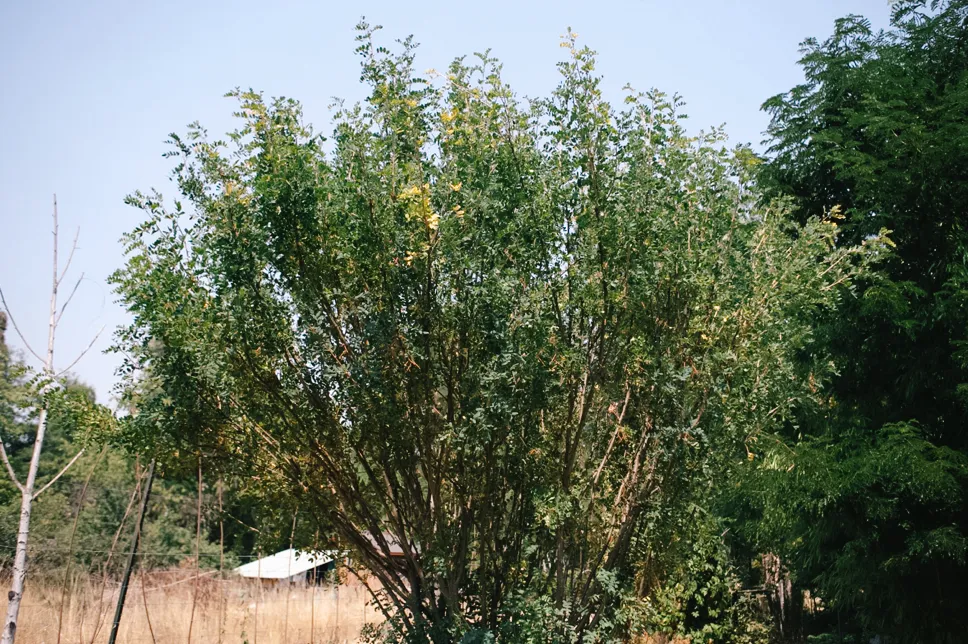
I was lucky enough to harvest Siberian Peas from shrubs at a friend's Homestead. On January 5th I sowed a bunch Siberian Peas to get some started for my future food forest (and still have plenty extra to share)! This week they are starting to come up!
Interestingly the Siberian Peas are sprouting at a similar time with the peas and fava beans. Now that I think about it that doesn't surprise me because they are cold hardy and so sprouting in early spring when there is still chance of frost wouldn't be an issue.
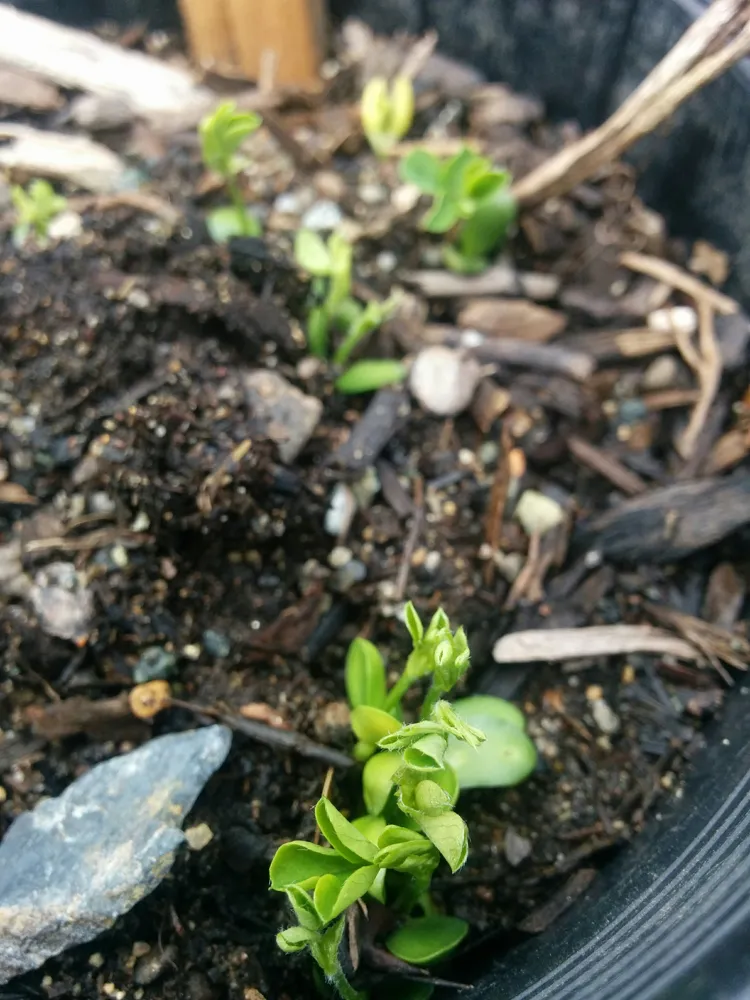
Siberian Pea Shrub – Caragana arborescens
Life cycle: Perennial / Ease of propagation: Moderate / Hardiness zone: 2-7
Siberian Pea Shrub is a deciduous, fast growing, nitrogen fixing shrub (or small tree) that is extremely cold hardy. Consider Siberian Pea Shrubs for your food forests, hedgerows, or nitrogen fixing companions for your orchard trees. The nitrogen fixing quality improves the soil around the root zone of the Siberian Pea shrub and they can be grown as “sacrificial” companions to your other trees or in your polycultures improving the soil around your other shrubs, herbs and annuals.
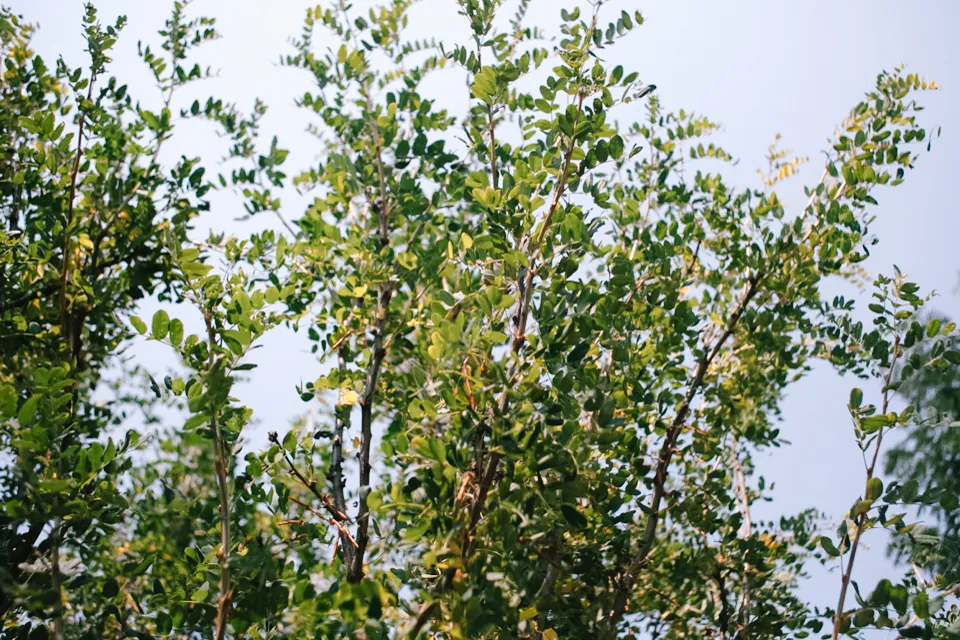
This legume is an amazing fodder plant, especially for birds such as chickens and turkeys. In the summer when the pods ripen, they split open and the shells twist shooting the small peas to the ground around the base of the tree. A perfect self feeding machine for your birds which can be planted in the chicken run, as a living fence/hedgerow or throughout your property encouraging the birds to explore.
Siberian Pea shrub is also a bee fodder shrub as its attractive yellow spring pea blossoms call out to the bees and bumblebees to forage its nectar.
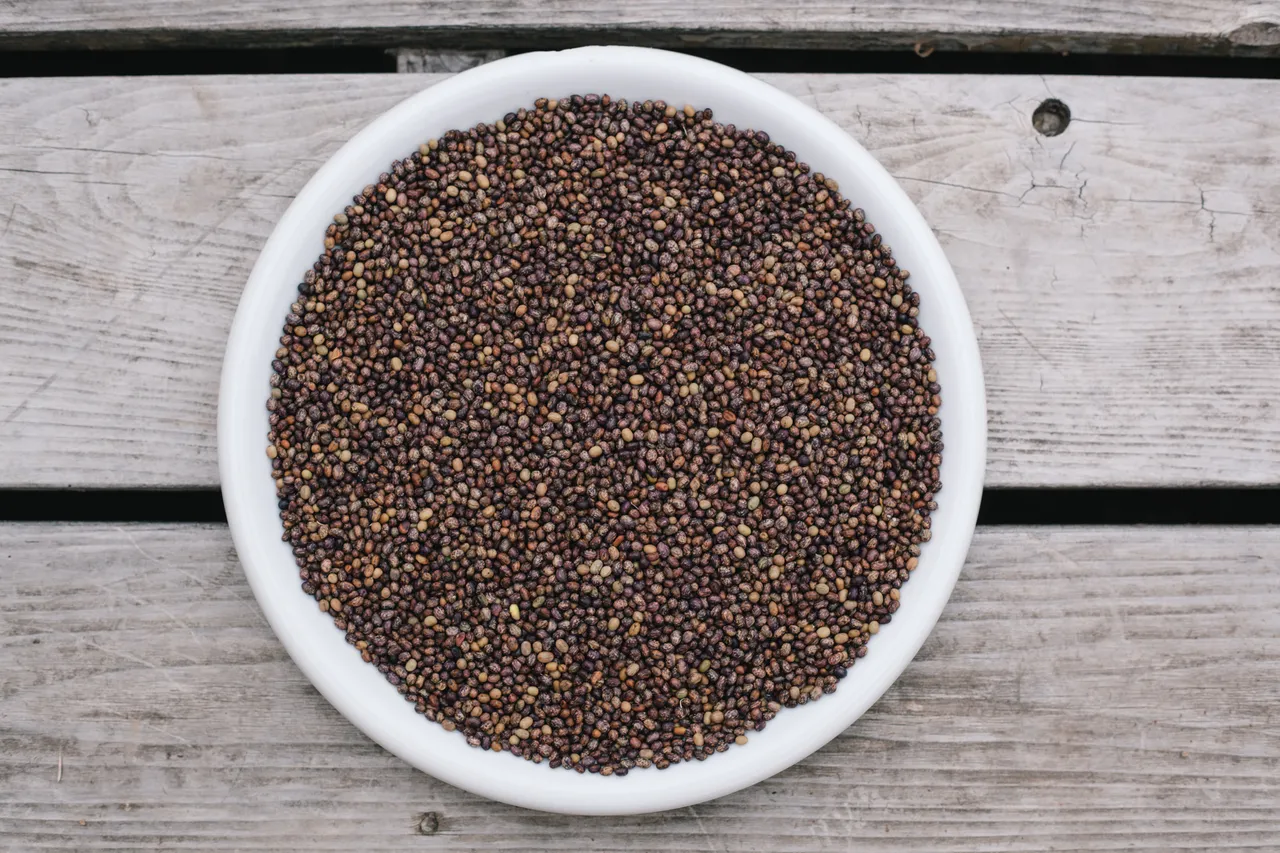
Humans can also enjoy the Siberian Peas. The small dense peas are about the size of lentil beans and can be cooked in the same way, that is they small, leguminous and mild in flavor. They would work well in curries such as Dahl or cooked with tomatoes to make a vegan Bolognese. Practically speaking the peas are small and somewhat time consuming to harvest when you compare them to larger beans. But when you factor in the Siberian Pea shrub is a Perennial and the soil around it does not need to be tilled each season, nor does it need to be replanted each year, the time saved in preparation may just make up for the time it takes to harvest!
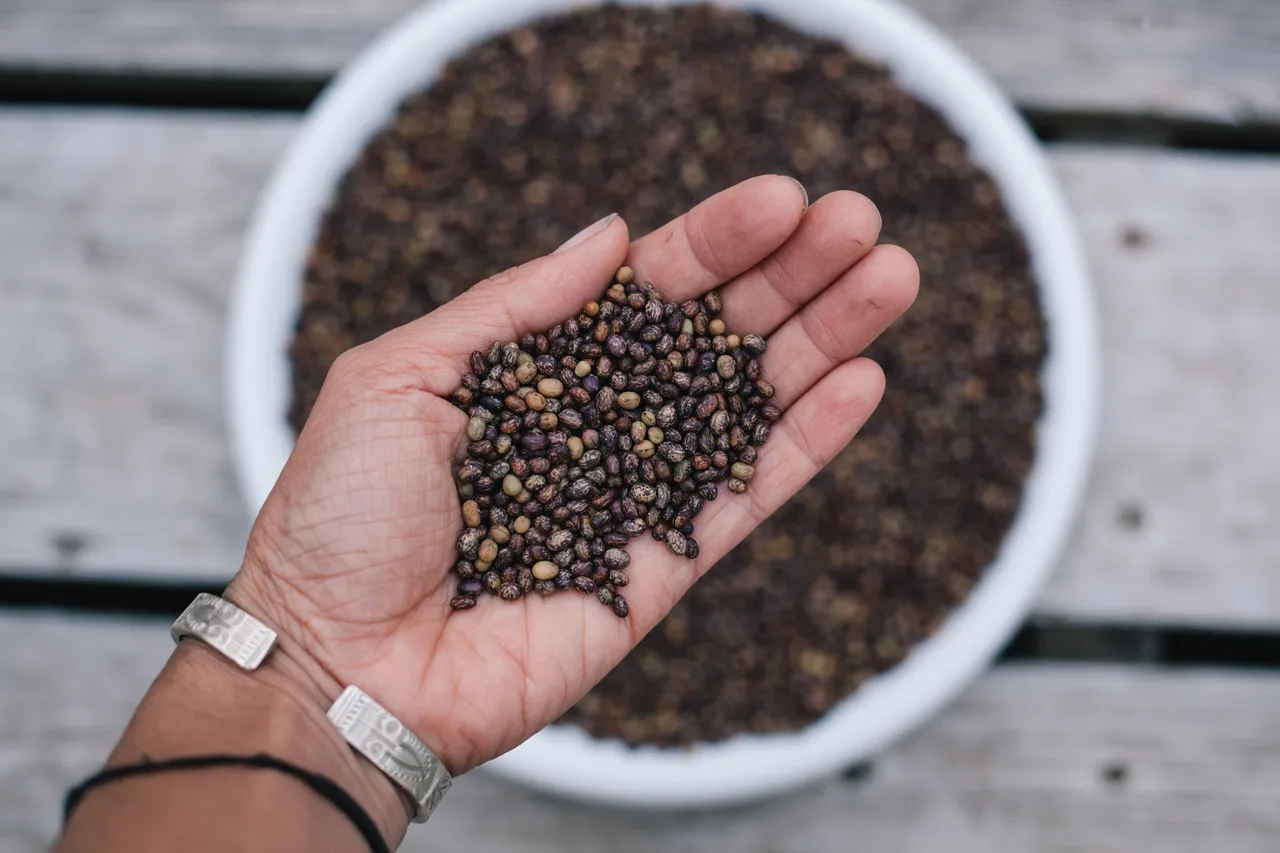
The bark is useful in making coordage.
A blue dye can be obtained from the leaves.
Like many Fabeaecea’s, Siberian Pea Shrub can be a coppice tree for fodder, chop and drop mulching or fedgerows. Check out this account of creating an attractive semi-impermeable cold hardy living hedgerow, layed English style:
http://www.nordicminifarm.com/2014/04/laying-siberian-peashrub-hedge/
http://www.nordicminifarm.com/2016/02/laying-siberian-peashrub-hedge-english-style-follow-up/
Sowing Instructions
Pre-soak stored seed in warm water for 24 hours. If seed has not visibly swollen, scarify the seed by nicking the seed coat with a file or knife and re-soak. Then sow the soaked seeds ½ – 1 inch deep in a pot and keep moist until they germinate. Prick out to their own pots when the seedlings have several sets of true leaves. Transplant them the following spring.
References
- Trees for Gardens, Orchards and Permaculture, Martin Crawford
- Edible Forest Gardens, Dave Jacke & Eric Toensmeier
- http://tcpermaculture.com/site/2013/05/13/permaculture-plants-pea-trees/
Siberian Pea Shrub Seeds are available for STEEM, SBD and USD
View our entire Seeds of Abundance seed catalog at Homesteaders Co-op
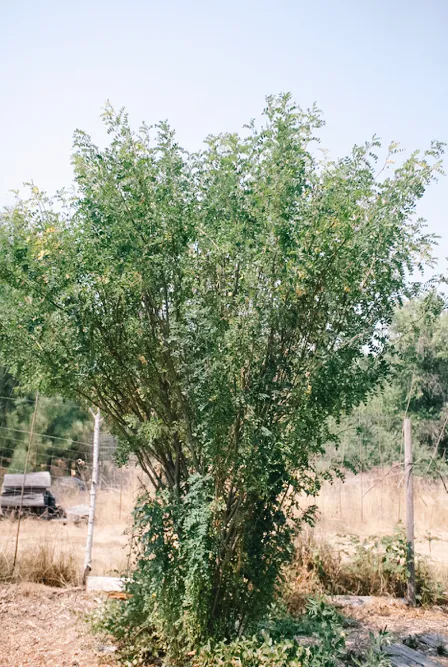

Website | @homesteaderscoop | Discord Community

#naturalmedicine | Introducing @naturalmedicine | Discord Community

#tribesteemup | @tribesteemup | The 8 Pillars of TribeSteemUp